Home>Storage & Organization>Kitchen Organizing Tools>Why Does My Cat Poop In The Litter Box But Not Pee
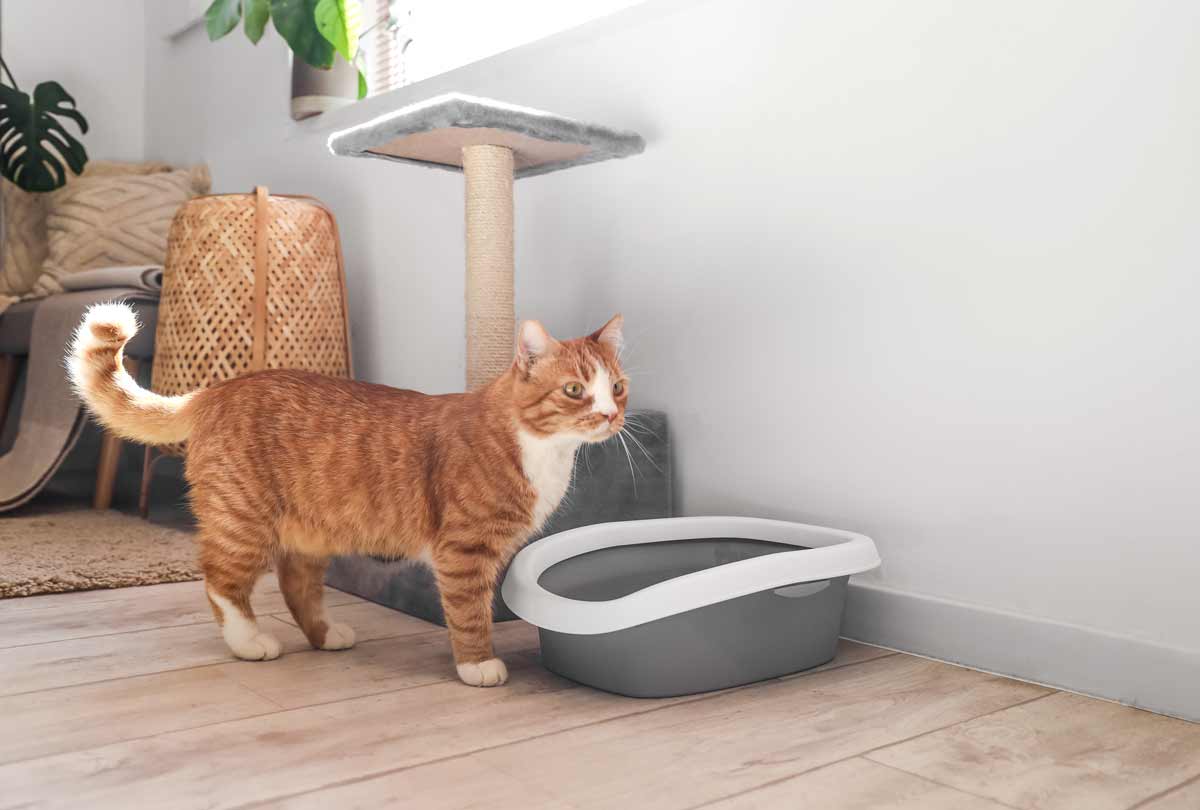

Kitchen Organizing Tools
Why Does My Cat Poop In The Litter Box But Not Pee
Modified: August 23, 2024
Discover the best kitchen organizing tools to declutter your space and streamline your cooking routine. Find the perfect solutions for a tidy and efficient kitchen.
(Many of the links in this article redirect to a specific reviewed product. Your purchase of these products through affiliate links helps to generate commission for Storables.com, at no extra cost. Learn more)
Introduction
Understanding your cat's behavior and habits is essential for maintaining a harmonious relationship with your feline friend. One common issue that many cat owners encounter is the perplexing behavior of their cats pooping in the litter box but not peeing. This puzzling behavior can be frustrating and concerning, leading pet owners to seek answers and solutions.
In this comprehensive guide, we will delve into the various factors that may contribute to this behavior, ranging from medical issues to behavioral patterns. By gaining a deeper understanding of why your cat may be exhibiting this behavior, you can take proactive steps to address the underlying causes and promote proper litter box use.
Join us as we explore the intricate world of feline behavior and uncover the potential reasons behind this enigmatic feline habit. Let's embark on this enlightening journey to decipher the mystery of why your cat poops in the litter box but refrains from peeing, empowering you to provide the best care for your beloved pet.
Key Takeaways:
- Cats may poop in the litter box but not pee due to territorial marking, stress, litter box preferences, medical issues, and negative associations. Understanding and addressing these factors can promote proper litter box use.
- To encourage proper litter box use, maintain cleanliness, consider litter box placement, provide multiple boxes, manage stress, and seek veterinary help if needed. Creating a supportive environment can help your cat develop positive bathroom habits.
Understanding Cat Behavior
Understanding cat behavior is crucial for deciphering the motivations behind their actions, including their bathroom habits. Cats are known for their fastidious nature and unique behavioral patterns, which can vary widely from one feline companion to another. When it comes to litter box usage, cats may exhibit specific preferences and behaviors that reflect their instincts and individual personalities.
Cats are inherently territorial animals, and their behaviors are often influenced by their natural instincts. In the wild, cats are meticulous about their bathroom habits as a means of marking their territory and communicating with other felines. This instinctual behavior is ingrained in domestic cats as well, shaping their approach to using the litter box.
Furthermore, cats are highly sensitive to their environment, and any changes or stressors can significantly impact their behavior. Factors such as the type of litter, the cleanliness of the litter box, the location of the box, and the presence of other pets can all influence a cat's willingness to use the litter box consistently.
Additionally, cats are creatures of habit, and disruptions to their routines can lead to behavioral changes. Changes in the household, such as moving to a new home, rearranging furniture, or introducing new family members, can cause stress and anxiety in cats, potentially affecting their litter box habits.
Understanding these fundamental aspects of cat behavior provides valuable insights into the complexities of feline psychology. By recognizing and respecting their innate instincts and sensitivities, cat owners can better comprehend the reasons behind their cats' behaviors, including the perplexing habit of pooping in the litter box but refraining from peeing.
In the subsequent sections, we will explore the potential reasons for this behavior, considering both medical and behavioral factors. By delving into these aspects, we aim to equip cat owners with the knowledge and understanding necessary to address this issue effectively and support their feline companions in maintaining proper litter box habits.
Possible Reasons for Pooping but Not Peeing in the Litter Box
-
Territorial Marking: Cats are territorial animals, and their bathroom habits are often driven by the need to mark their territory. When a cat poops in the litter box but refrains from peeing, it could be a subtle form of territorial marking. By depositing feces in the litter box, the cat is asserting its presence and dominance within its territory. This behavior is deeply rooted in their instinctual need to establish and maintain their territory, even within the confines of a domestic setting.
-
Litter Box Preference: Cats are known for their discerning preferences, and this extends to their choice of litter box for urination and defecation. Some cats may have distinct preferences for different types of litter or specific litter box designs. If a cat is pooping in the litter box but avoiding urinating, it could indicate a preference for a different substrate or a dissatisfaction with the current litter box setup. Exploring alternative litter options or providing additional litter boxes with varying substrates may help address this issue.
-
Stress and Anxiety: Cats are highly sensitive to changes in their environment, and stress and anxiety can manifest in various behavioral changes, including altered litter box habits. If a cat is experiencing stress or anxiety, it may exhibit selective bathroom behaviors, such as pooping in the litter box but choosing alternative locations for urination. Identifying and mitigating sources of stress, such as environmental changes, new pets, or disruptions to routines, can help alleviate this behavior.
-
Medical Conditions: Underlying medical issues can also contribute to a cat's selective litter box habits. Urinary tract infections, bladder stones, and other urinary-related conditions can cause discomfort or pain during urination, prompting a cat to associate the litter box with discomfort and subsequently avoid using it for urination. It is essential to rule out any potential medical issues through a thorough veterinary examination to ensure the cat's physical well-being.
-
Behavioral Associations: Cats are adept at forming associations between their environment and specific behaviors. If a cat has had negative experiences in the litter box, such as being startled or experiencing discomfort during urination, it may develop a negative association with the act of peeing in the litter box. This can lead to a reluctance to urinate in the designated area, despite being willing to defecate in the same location.
Understanding these potential reasons for a cat's selective litter box behavior is crucial for addressing the issue effectively. By considering these factors and taking proactive measures to accommodate the cat's preferences and needs, pet owners can work towards promoting consistent and appropriate litter box usage for their feline companions.
Medical Issues to Consider
When a cat exhibits selective litter box habits, particularly pooping in the litter box but refraining from urinating, it is essential to consider potential medical issues that may underlie this behavior. Cats are susceptible to a range of medical conditions that can affect their urinary and gastrointestinal health, leading to altered bathroom behaviors. By recognizing and addressing these medical concerns, pet owners can ensure the well-being of their feline companions and support them in maintaining proper litter box usage.
One of the primary medical considerations in cases of selective litter box habits is the possibility of urinary tract issues. Cats are prone to urinary tract infections (UTIs), which can cause discomfort and pain during urination. Additionally, conditions such as bladder stones or urinary blockages can obstruct the normal flow of urine, leading to discomfort and potential aversion to using the litter box for urination. These medical issues can prompt a cat to seek alternative locations for urination while still utilizing the litter box for defecation.
Furthermore, feline lower urinary tract disease (FLUTD) encompasses a spectrum of urinary conditions that can impact a cat's urinary habits. FLUTD can manifest as inflammation of the bladder (cystitis), urinary blockages, or the formation of crystals or stones in the urinary tract. These conditions often result in discomfort and increased urgency during urination, prompting affected cats to display altered bathroom behaviors, including selective litter box usage.
In addition to urinary-related concerns, gastrointestinal issues can also influence a cat's litter box habits. Digestive disorders, such as constipation or diarrhea, can lead to discomfort during defecation, potentially impacting a cat's willingness to use the litter box for both urination and defecation. Cats experiencing gastrointestinal discomfort may exhibit selective behaviors, such as choosing alternative locations for urination while continuing to use the litter box for defecation.
It is crucial for cat owners to be vigilant for signs of potential medical issues, including changes in urination frequency, straining during urination or defecation, vocalization during bathroom activities, and the presence of blood in the urine or feces. Any of these symptoms warrant prompt veterinary attention to assess the cat's health and address any underlying medical concerns.
By considering and addressing potential medical issues, cat owners can play a proactive role in safeguarding their feline companions' health and well-being. Seeking veterinary guidance and timely intervention can help alleviate any discomfort or pain associated with urinary or gastrointestinal conditions, ultimately promoting consistent and appropriate litter box usage for cats.
Ensure that the litter box is clean and in a quiet, accessible location. Some cats prefer separate boxes for pee and poop. If the issue persists, consult a veterinarian to rule out any medical problems.
Behavioral Issues to Consider
Understanding the behavioral aspects of a cat's selective litter box habits is essential for comprehensively addressing this perplexing behavior. Cats are complex creatures with individual personalities and sensitivities, and their behaviors are often influenced by a myriad of psychological and environmental factors. When a cat exhibits the behavior of pooping in the litter box but refraining from urinating, several behavioral issues merit consideration.
First and foremost, stress and anxiety can significantly impact a cat's bathroom behaviors. Cats are highly attuned to their environment, and any disruptions or stressors can lead to altered litter box habits. Environmental changes, such as moving to a new home, rearranging furniture, or introducing new pets, can trigger stress and anxiety in cats, prompting them to exhibit selective bathroom behaviors. Additionally, conflicts with other pets or perceived threats in the household can contribute to a cat's reluctance to urinate in the litter box, despite being willing to defecate in the same location.
Furthermore, negative associations with the litter box can influence a cat's bathroom habits. If a cat has had unpleasant experiences in the litter box, such as being startled or experiencing discomfort during urination, it may develop a negative association with the act of peeing in the litter box. This negative association can lead to a reluctance to urinate in the designated area, even if the cat is willing to defecate in the same location. Addressing and mitigating these negative associations through positive reinforcement and environmental modifications is crucial for promoting proper litter box usage.
Additionally, the presence of competing or soiled litter boxes can impact a cat's bathroom preferences. Cats may have specific preferences for the cleanliness and accessibility of their litter boxes, and the presence of soiled or undesirable litter boxes can prompt selective bathroom behaviors. Providing multiple clean and strategically placed litter boxes can help accommodate a cat's preferences and reduce the likelihood of selective litter box usage.
Understanding these behavioral issues and their potential impact on a cat's litter box habits is instrumental in devising effective strategies to promote proper bathroom behaviors. By addressing sources of stress, mitigating negative associations, and providing suitable litter box options, cat owners can support their feline companions in maintaining consistent and appropriate litter box usage.
Tips for Encouraging Proper Litter Box Use
-
Maintain Cleanliness: Regularly scoop the litter box to remove waste and clumps, ensuring a clean and inviting environment for your cat. Cats are fastidious creatures and may be deterred from using a soiled litter box.
-
Litter Box Placement: Position the litter box in quiet, accessible, and low-traffic areas of the home. Cats appreciate privacy and may feel reluctant to use a litter box in a noisy or high-traffic location.
-
Litter Preference: Experiment with different types of litter to identify your cat's preferences. Some cats favor clumping litter, while others may prefer non-clumping or natural alternatives such as silica gel or wood pellets.
-
Multiple Litter Boxes: If you have multiple cats, provide a sufficient number of litter boxes to prevent competition and accommodate each cat's preferences. The general rule is to have one litter box per cat plus an additional box to ensure options and reduce potential conflicts.
-
Environmental Enrichment: Create a stimulating and enriching environment for your cat with toys, scratching posts, and interactive play. A mentally and physically engaged cat is less likely to exhibit stress-related litter box issues.
-
Positive Reinforcement: Praise and reward your cat when they use the litter box appropriately. Positive reinforcement can help create a positive association with the litter box and encourage consistent usage.
-
Veterinary Check-ups: Schedule regular veterinary check-ups to monitor your cat's health and address any potential medical issues promptly. Early detection and treatment of urinary or gastrointestinal conditions can prevent disruptions in litter box habits.
-
Stress Management: Minimize stressors in your cat's environment and provide a secure and predictable routine. Gradual introductions of new pets or changes in the household can help reduce anxiety and promote consistent litter box use.
-
Behavior Modification: Work with a feline behavior specialist or veterinarian to address any underlying behavioral issues contributing to selective litter box habits. Behavior modification techniques, such as desensitization and counter-conditioning, can help reshape your cat's litter box associations.
-
Patience and Understanding: Be patient and understanding as you work to encourage proper litter box use. Cats may require time to adjust to changes, and consistent, compassionate guidance is essential for fostering positive litter box behaviors.
By implementing these tips and strategies, cat owners can create an environment that supports and encourages proper litter box use, ultimately promoting the well-being and harmony of their feline companions.
When to Seek Veterinary Help
Recognizing the signs that warrant veterinary intervention is crucial for ensuring the health and well-being of your cat, especially when dealing with selective litter box habits. While behavioral and environmental factors can contribute to altered litter box behaviors, it is essential to be vigilant for potential medical issues that may underlie these changes. Knowing when to seek veterinary help can make a significant difference in addressing any underlying health concerns and promoting proper litter box usage for your feline companion.
If your cat consistently exhibits the behavior of pooping in the litter box but refrains from urinating, it is essential to monitor their overall bathroom habits and look out for any concerning signs. Any noticeable changes in urination frequency, straining during urination or defecation, vocalization during bathroom activities, or the presence of blood in the urine or feces should prompt immediate veterinary attention. These symptoms can indicate potential urinary or gastrointestinal issues that require thorough evaluation and diagnosis by a veterinarian.
Additionally, if your cat displays signs of discomfort or pain during urination or defecation, such as vocalizing, excessive grooming of the genital area, or exhibiting signs of distress in the litter box, it is crucial to seek veterinary assistance promptly. Cats are adept at masking signs of illness or discomfort, so any visible indicators of physical discomfort during bathroom activities should not be overlooked.
Furthermore, if your cat's selective litter box habits persist despite implementing environmental and behavioral modifications, it is advisable to consult with a veterinarian. While proactive measures such as maintaining cleanliness, providing suitable litter options, and minimizing stressors are essential, persistent selective behaviors may indicate underlying medical or physiological factors that require professional assessment and intervention.
Regular veterinary check-ups are also instrumental in monitoring your cat's overall health and addressing any potential medical issues proactively. Routine examinations allow veterinarians to assess your cat's urinary and gastrointestinal health, identify any early signs of medical conditions, and provide tailored recommendations to support proper litter box usage.
By remaining attentive to your cat's bathroom behaviors and promptly seeking veterinary help when necessary, you can ensure that any underlying medical concerns are addressed effectively. Veterinary guidance and intervention play a pivotal role in safeguarding your cat's health and promoting consistent and appropriate litter box usage, ultimately contributing to their overall well-being and quality of life.
Frequently Asked Questions about Why Does My Cat Poop In The Litter Box But Not Pee
Was this page helpful?
At Storables.com, we guarantee accurate and reliable information. Our content, validated by Expert Board Contributors, is crafted following stringent Editorial Policies. We're committed to providing you with well-researched, expert-backed insights for all your informational needs.
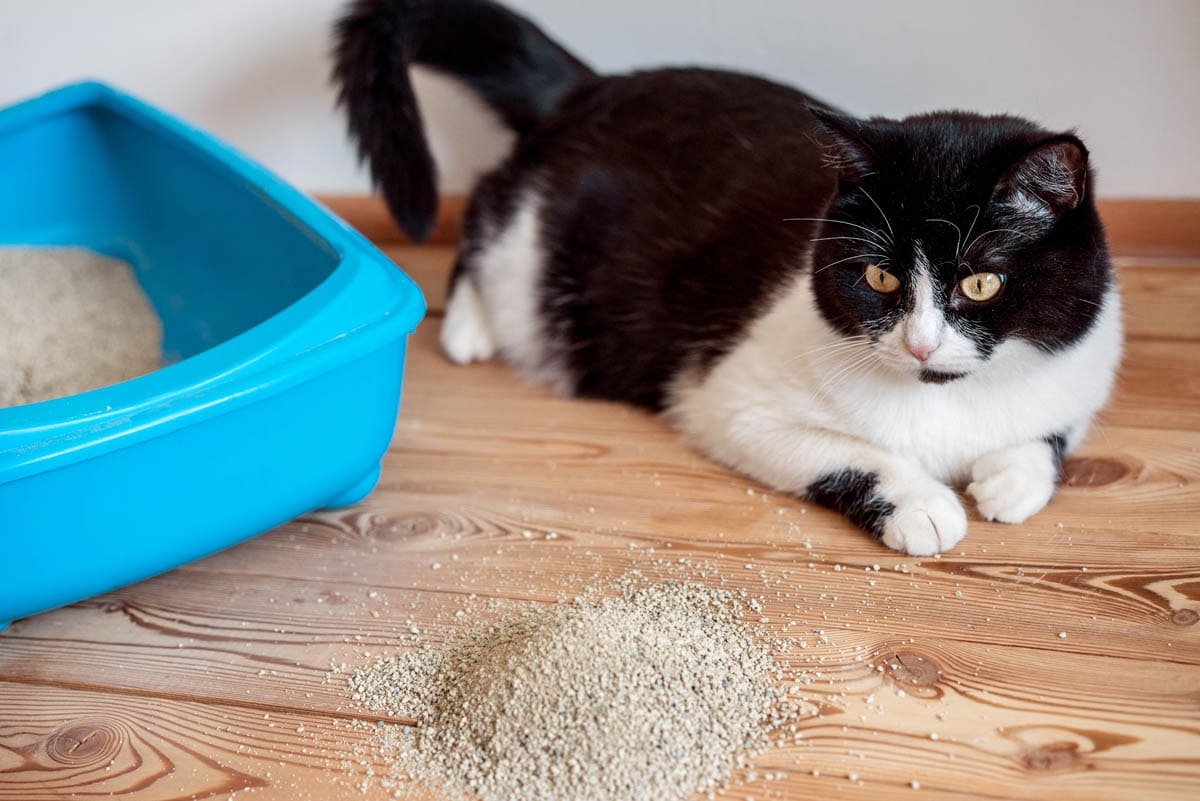
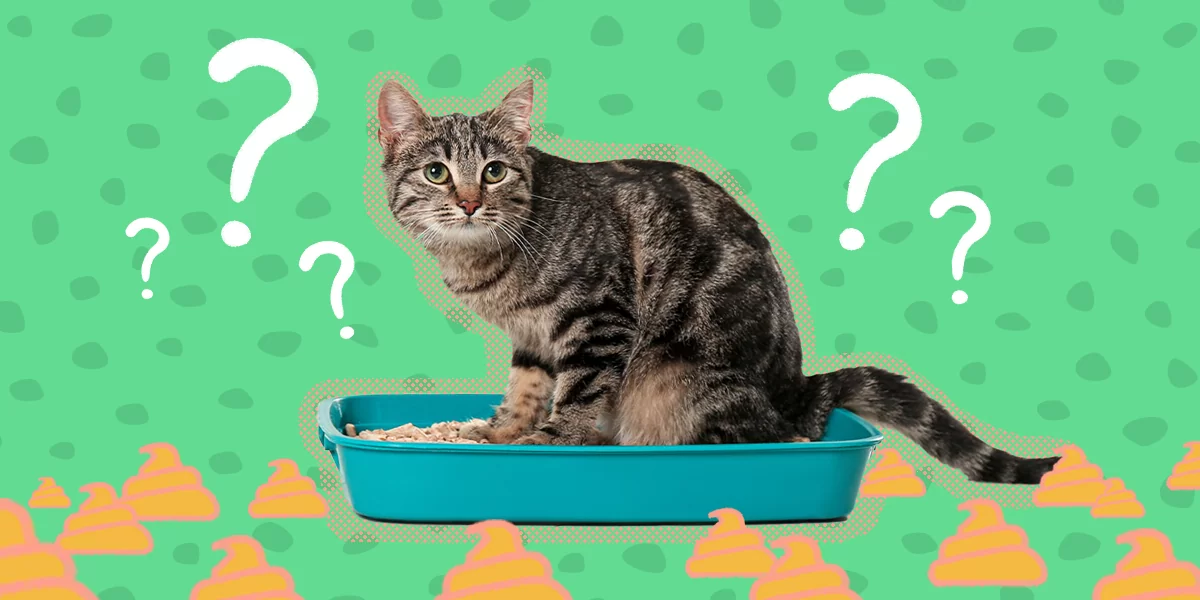
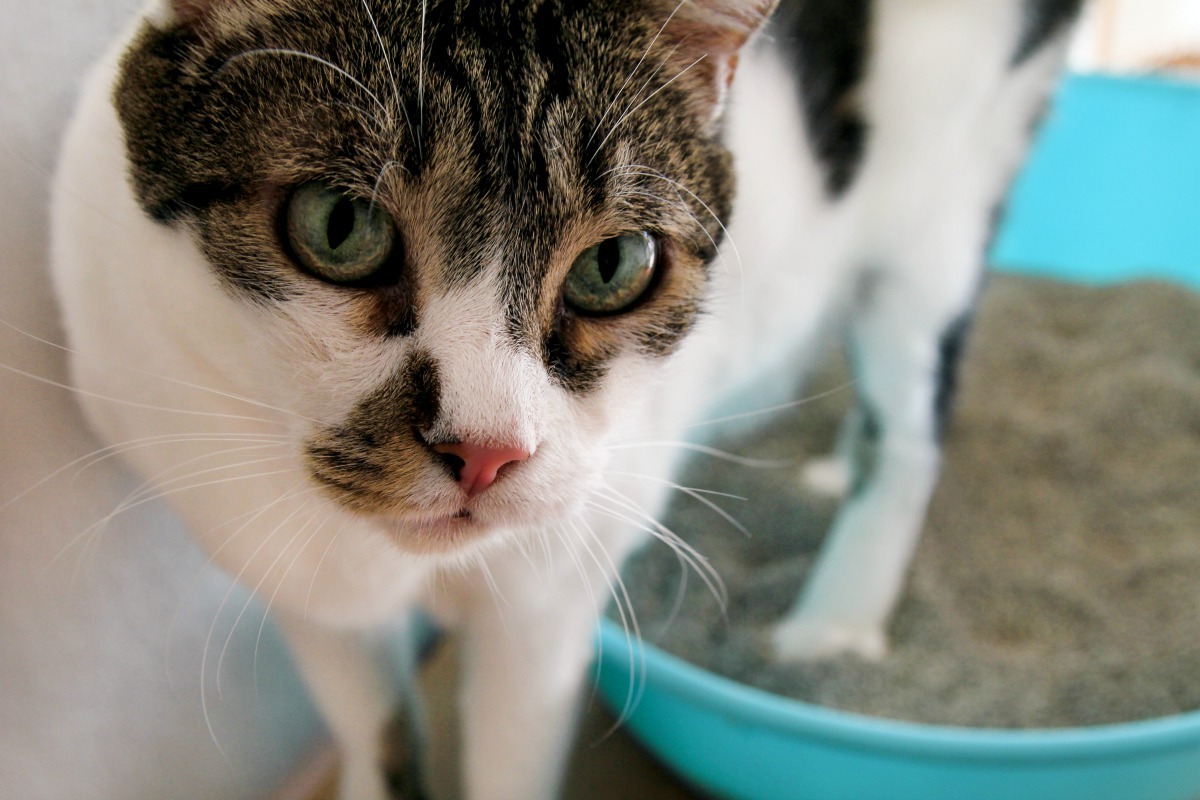
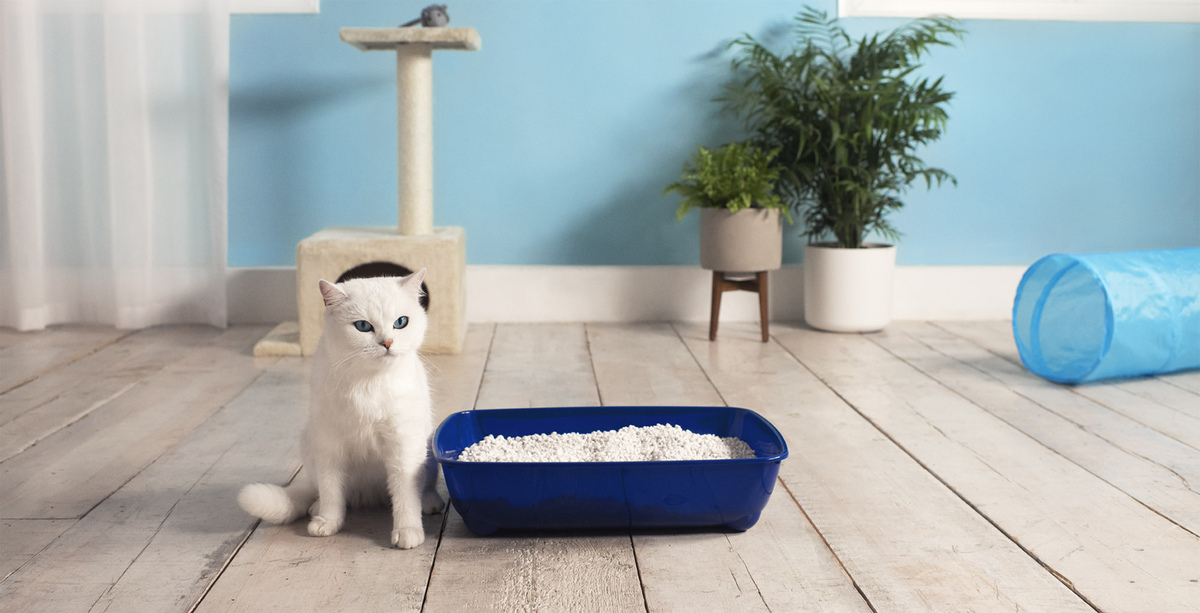
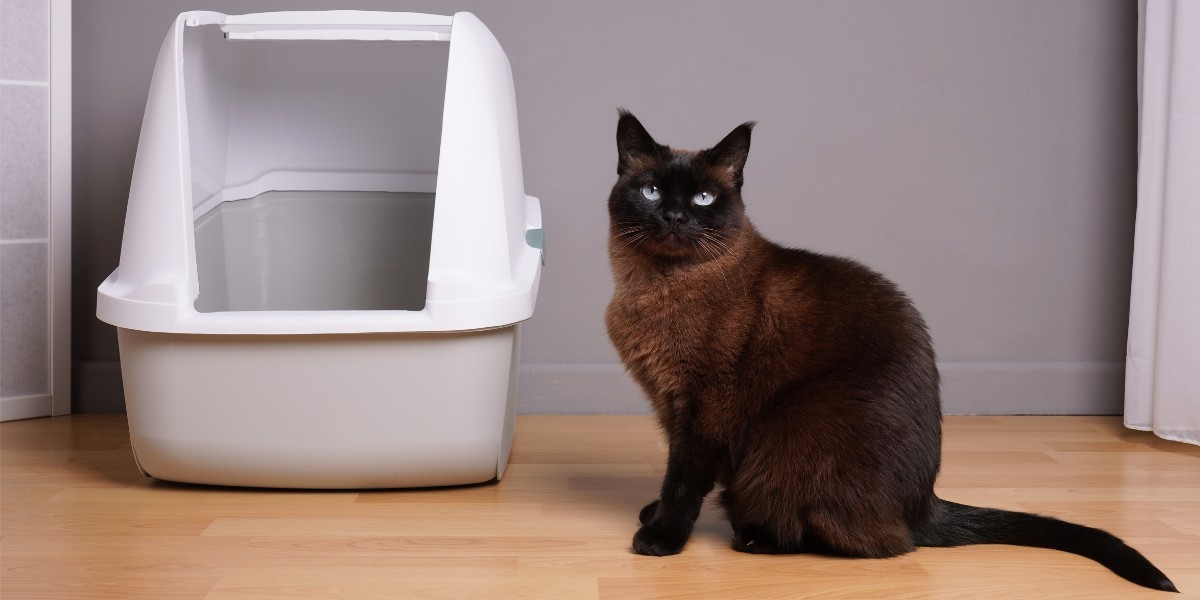
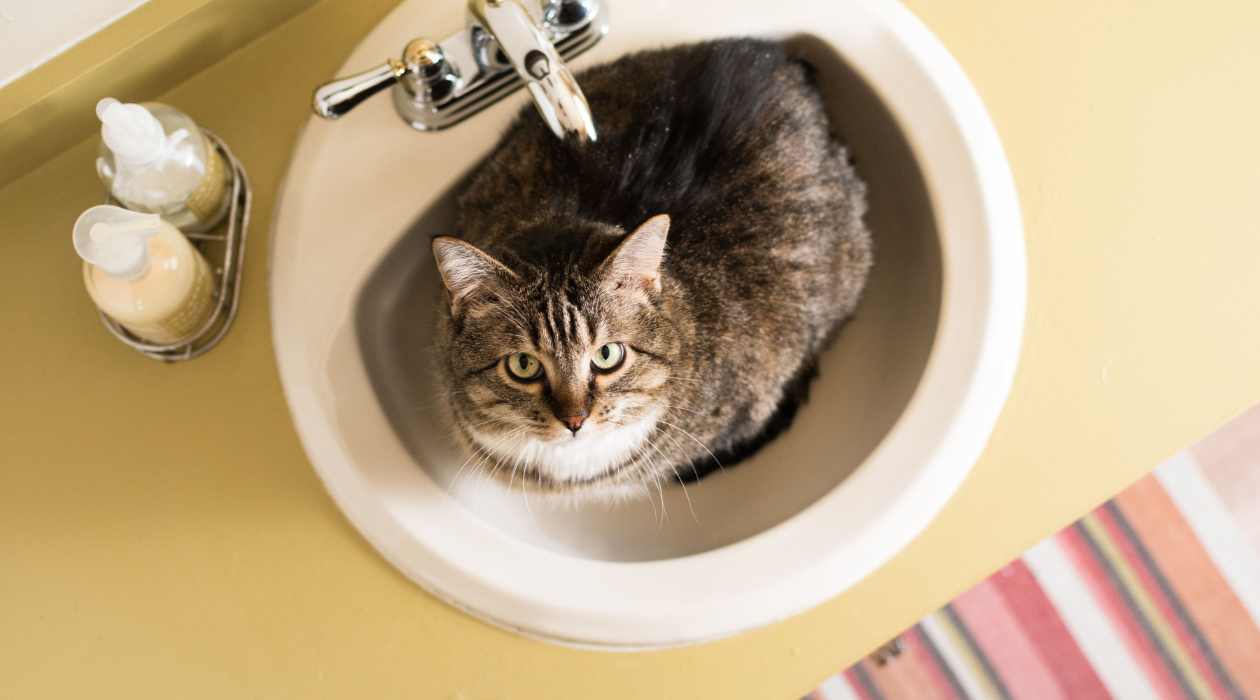
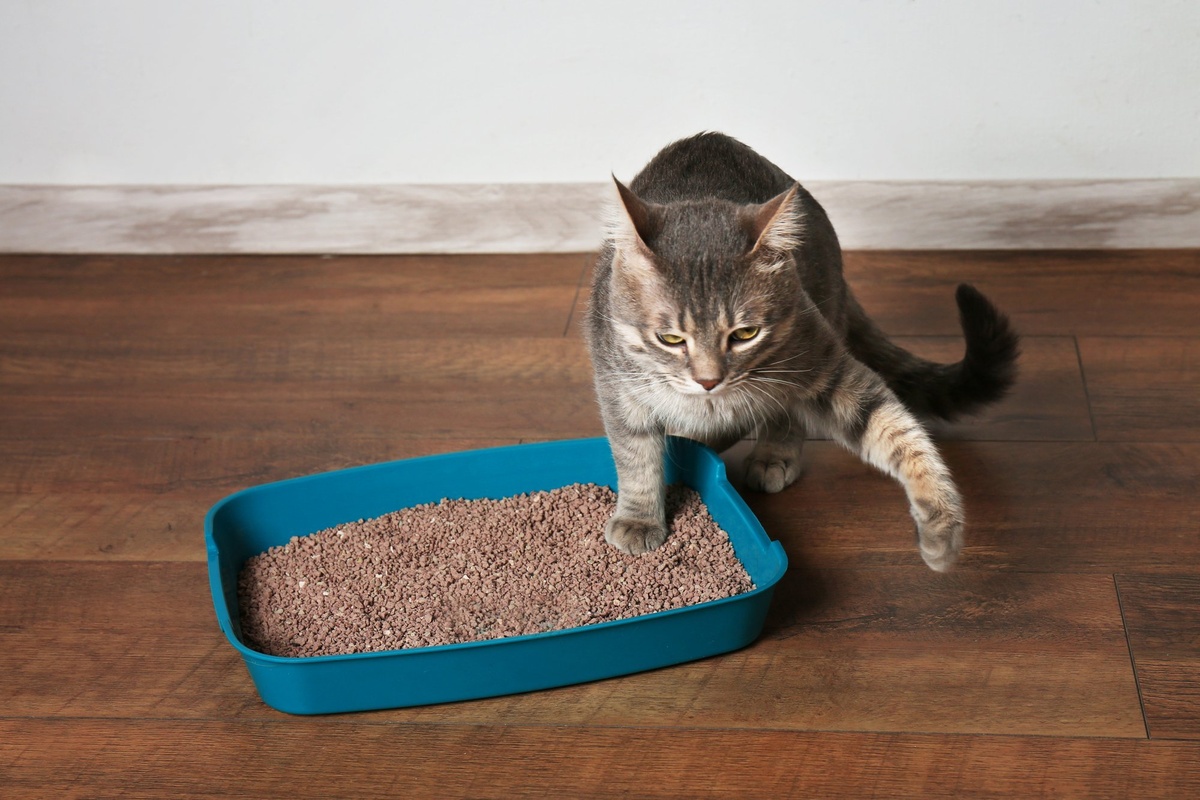
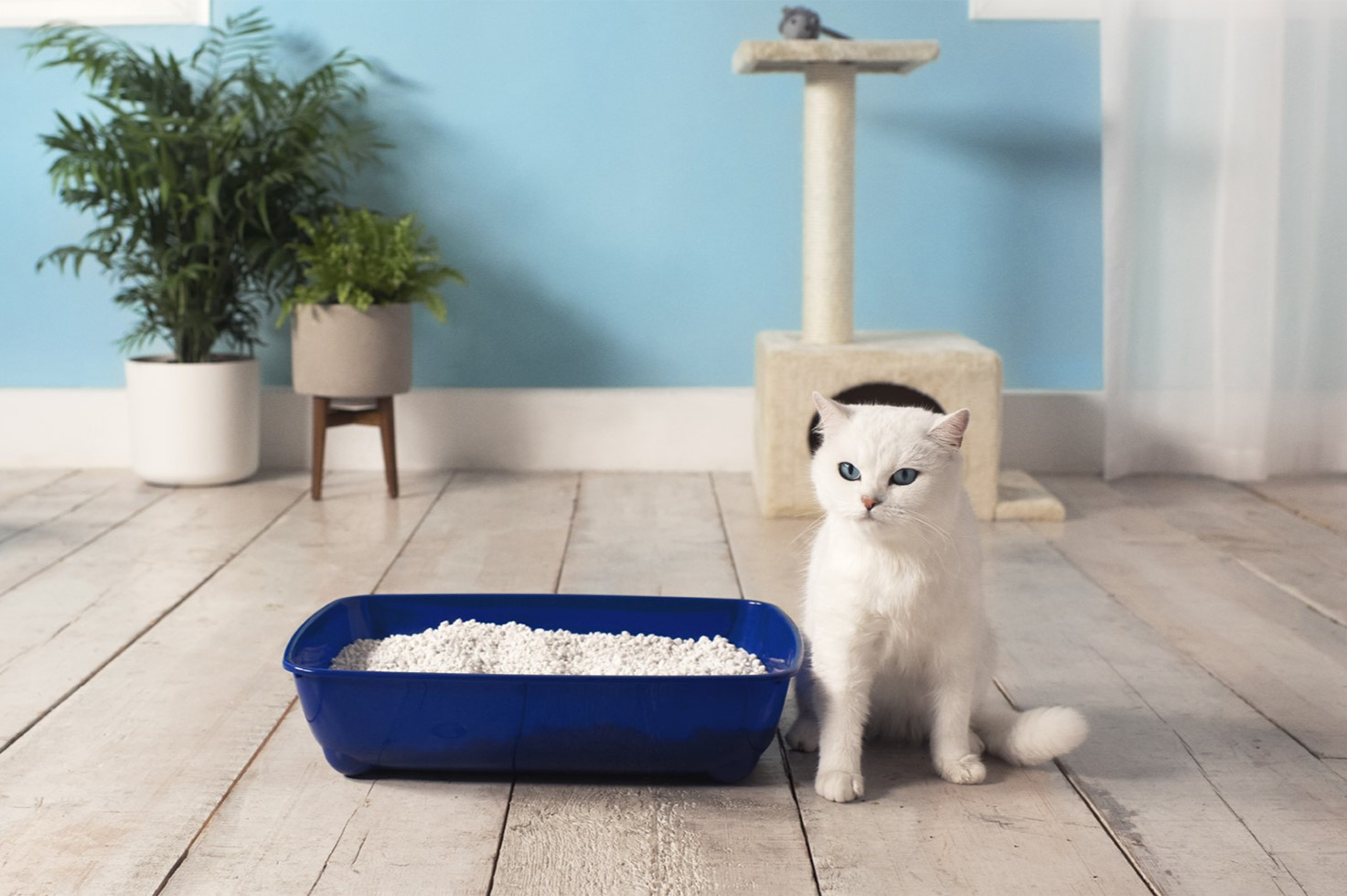
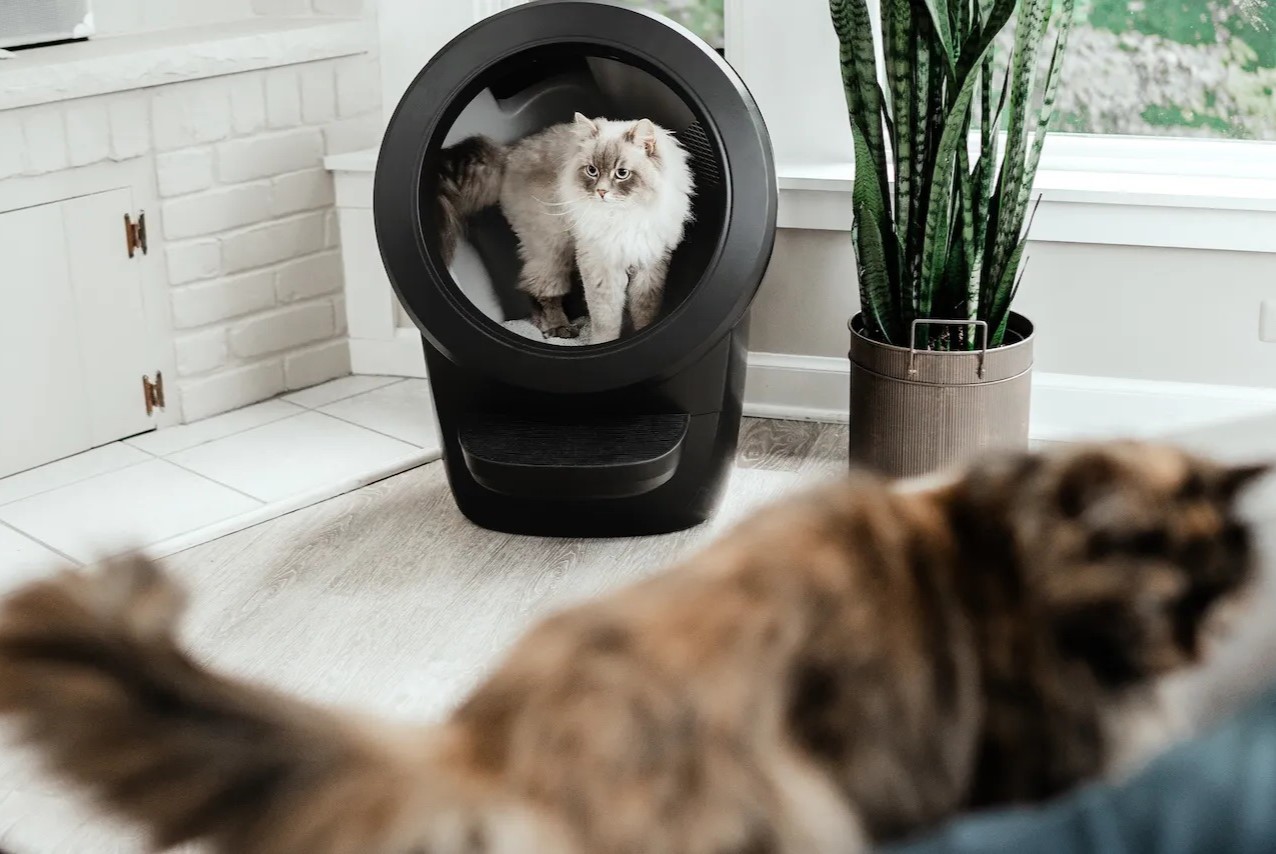
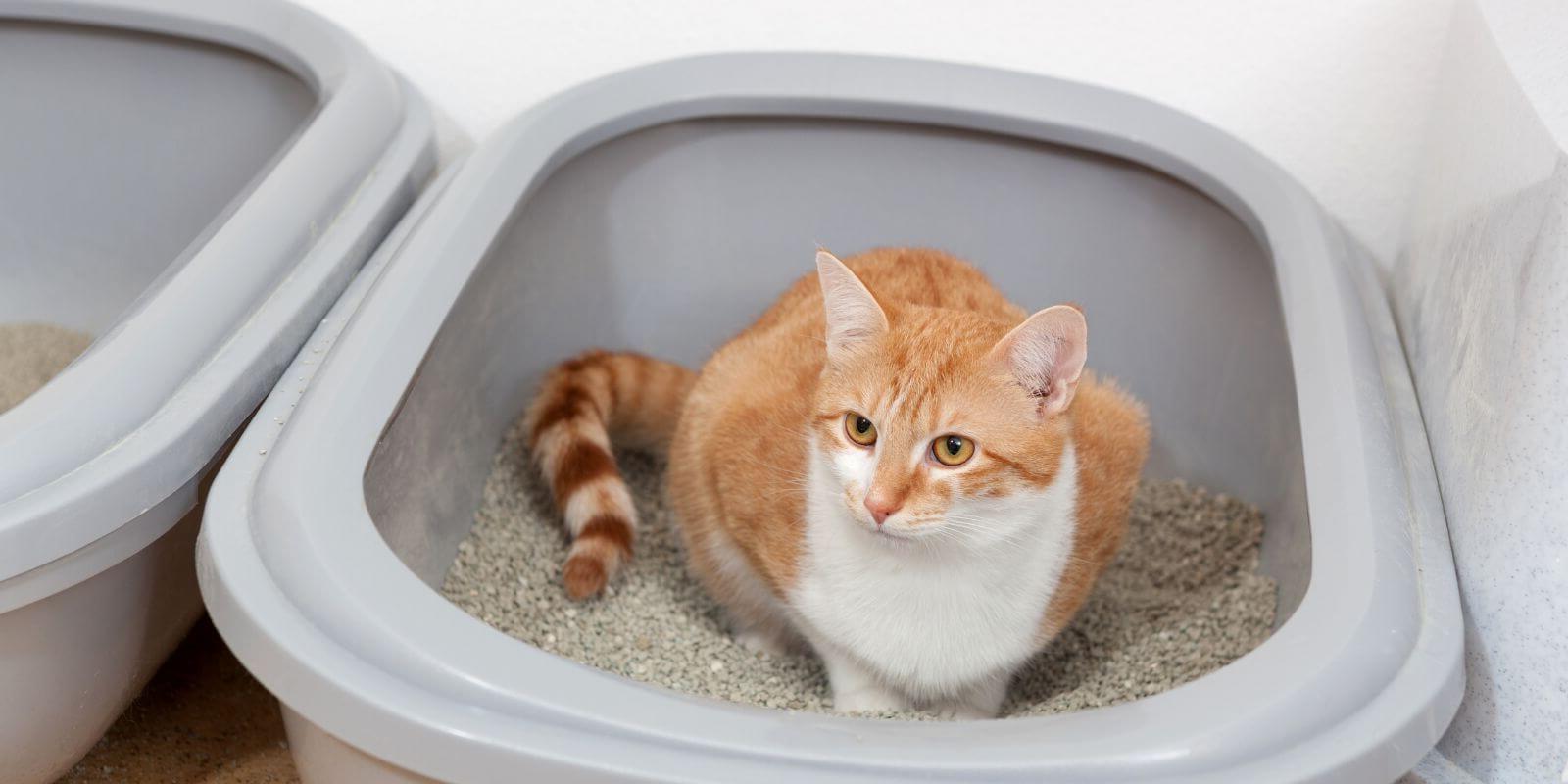
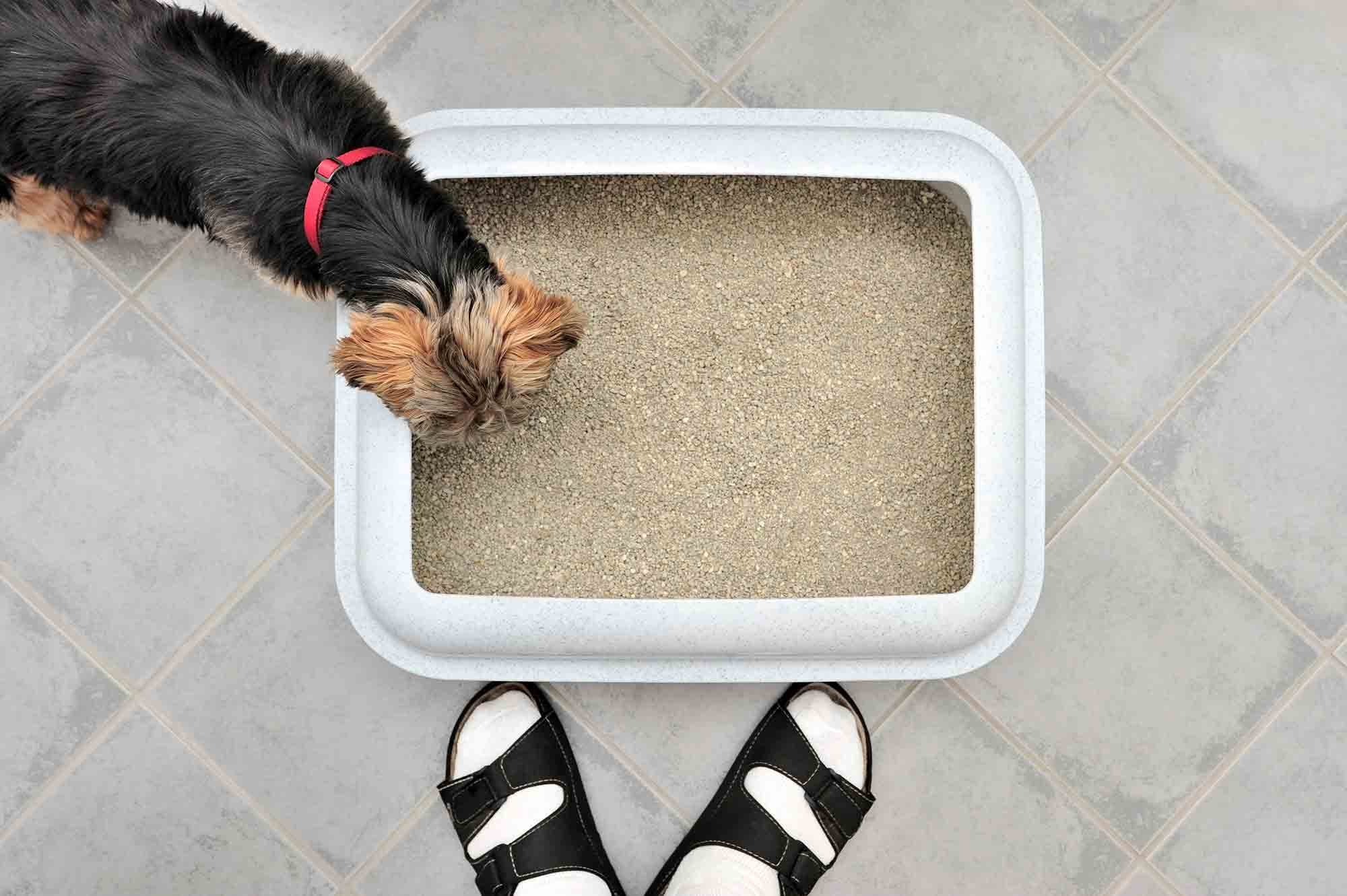
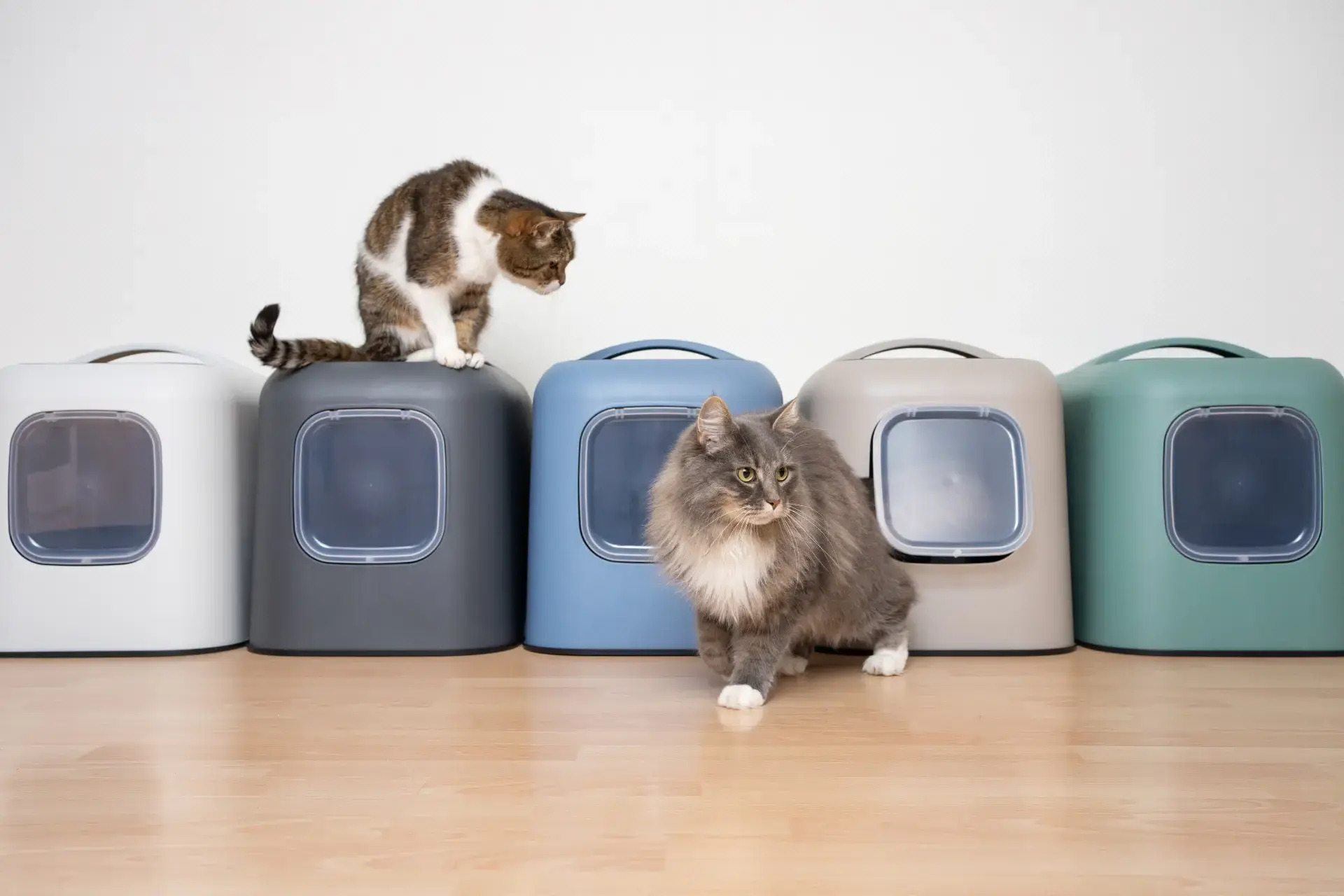
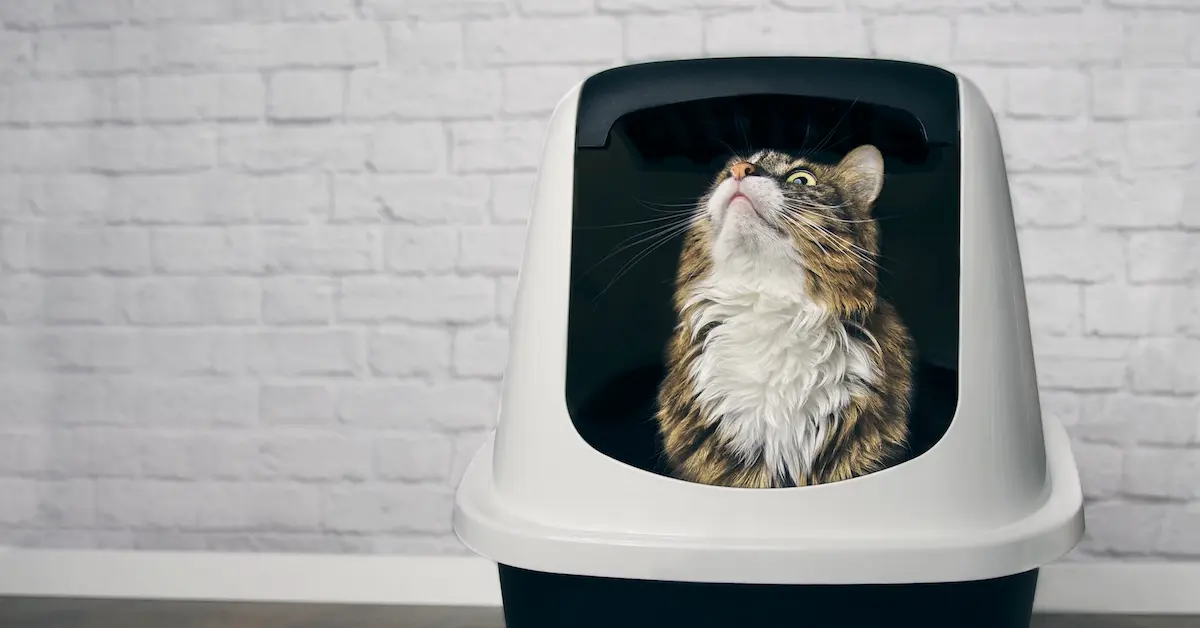
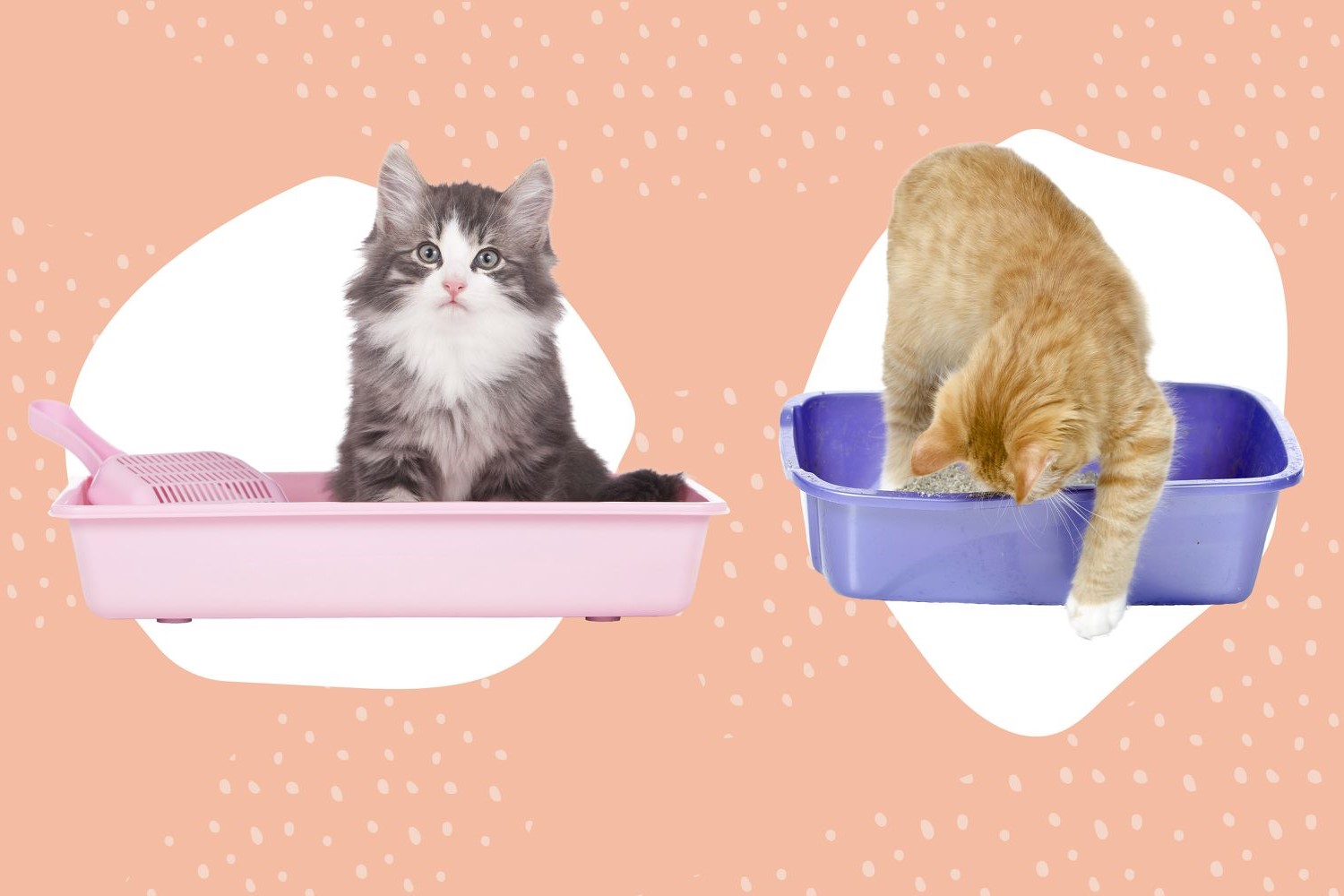

0 thoughts on “Why Does My Cat Poop In The Litter Box But Not Pee”